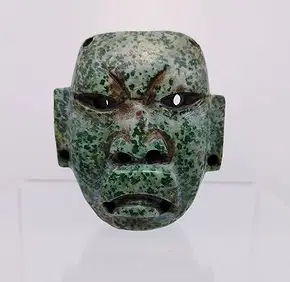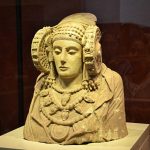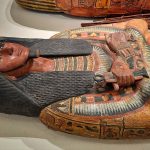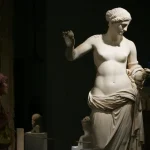Maya mask
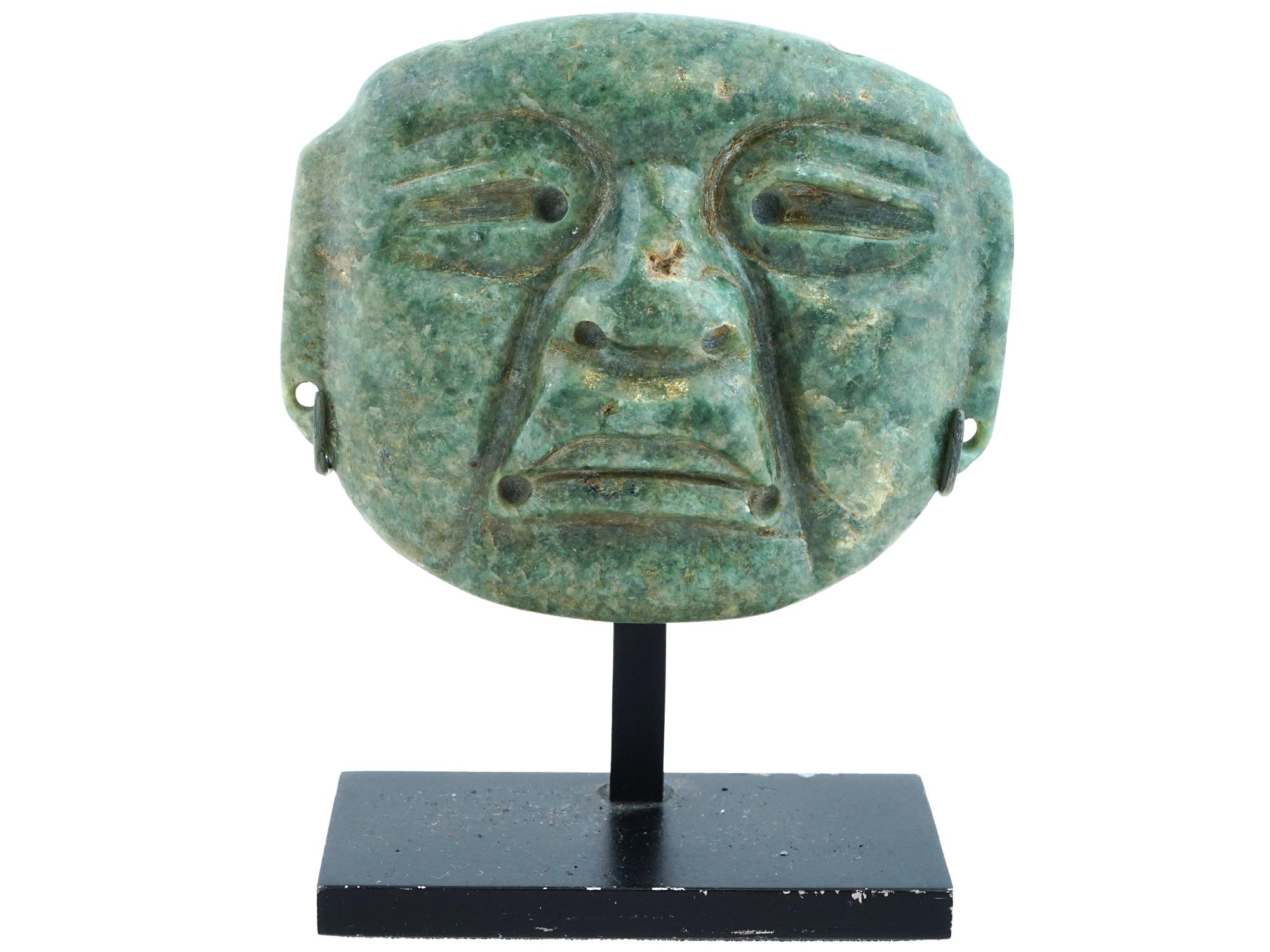
A Maya mask, dating to 300 BCE–300 CE. Now on display at the Dumbarton Oaks Museum.
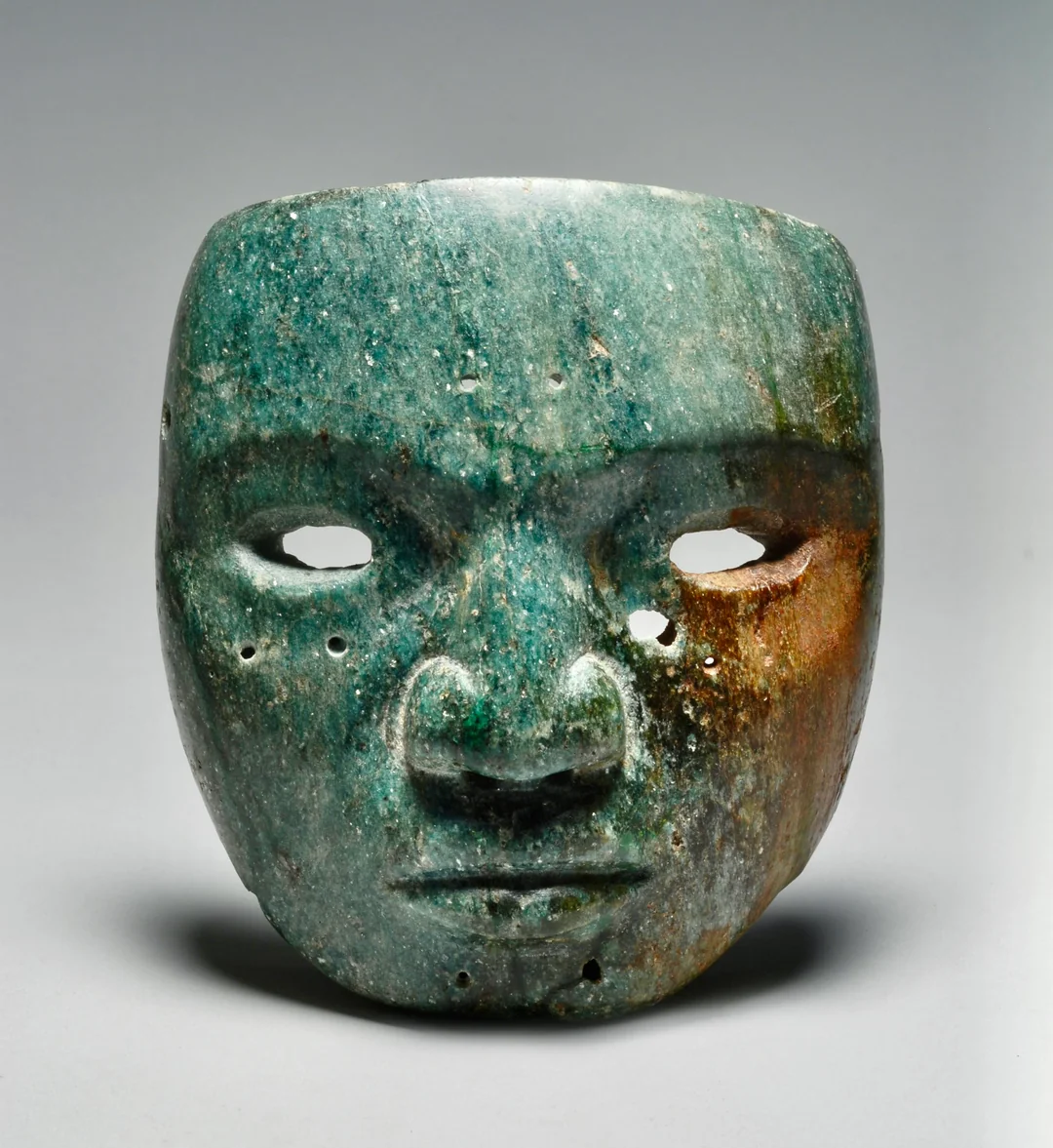
Maya masks from 300 BCE to 300 CE, often carved from jadeite, serpentine, or greenstone, represent the early florescence of Maya artistry and religious symbolism. During this period, masks were closely tied to funerary and ritual practices, serving as offerings to deities or as adornments placed in elite burials to protect and guide the deceased into the afterlife.
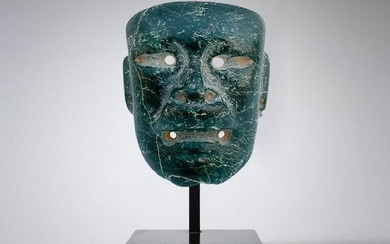
The green color of the stone held profound meaning, associated with maize, fertility, and eternal life, reflecting the Maya worldview that linked human existence to cycles of renewal.

Small perforations around the edges of such masks indicate that they may have been fastened to wooden supports, garments, or funerary bundles.
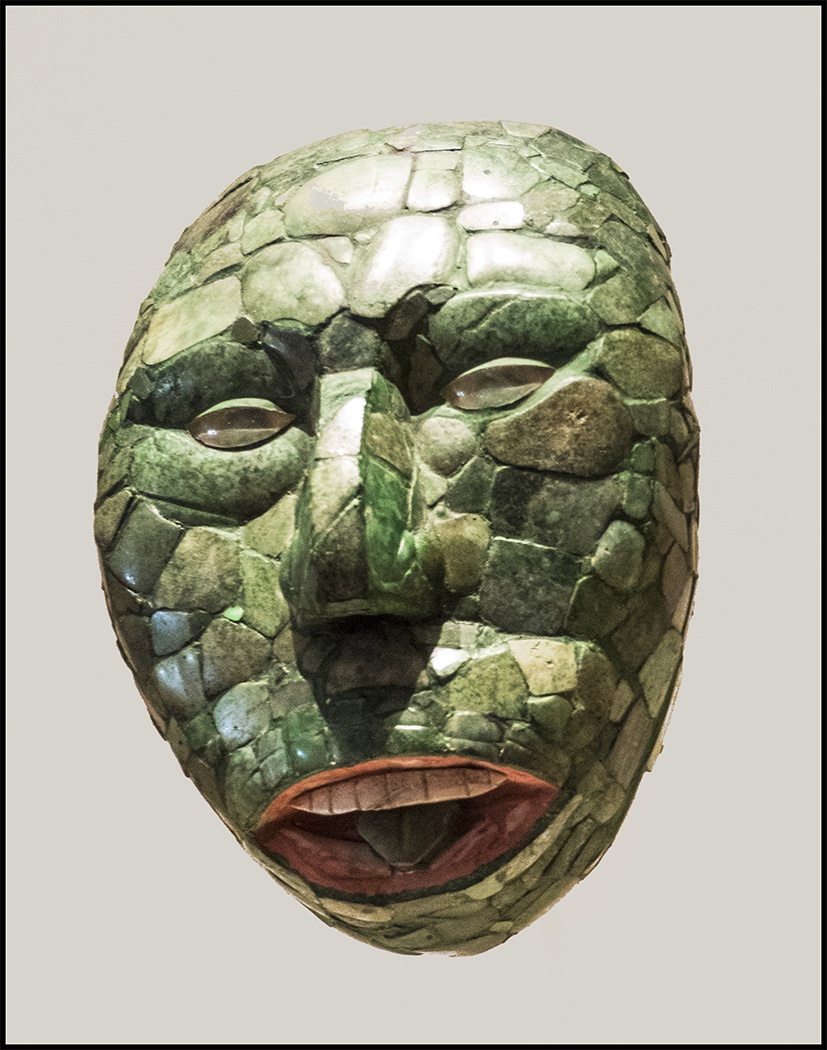
The precise craftsmanship and expressive facial features reveal the Maya’s skill in shaping hard stone, while also embodying their belief in the spiritual power of masks as conduits between the earthly and divine realms.
